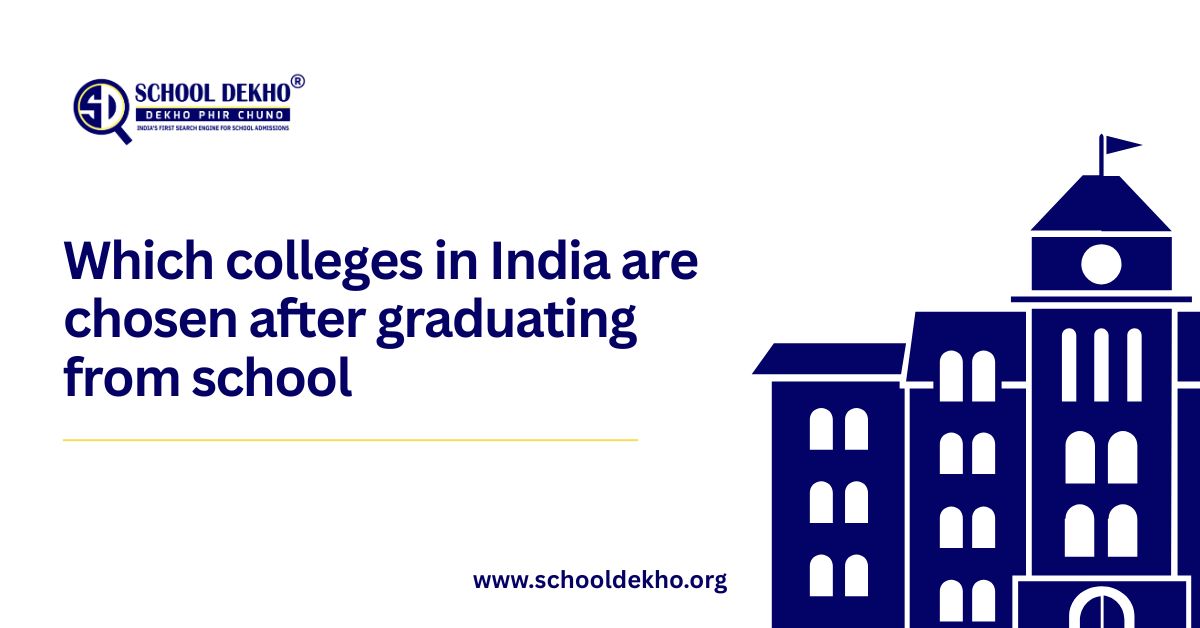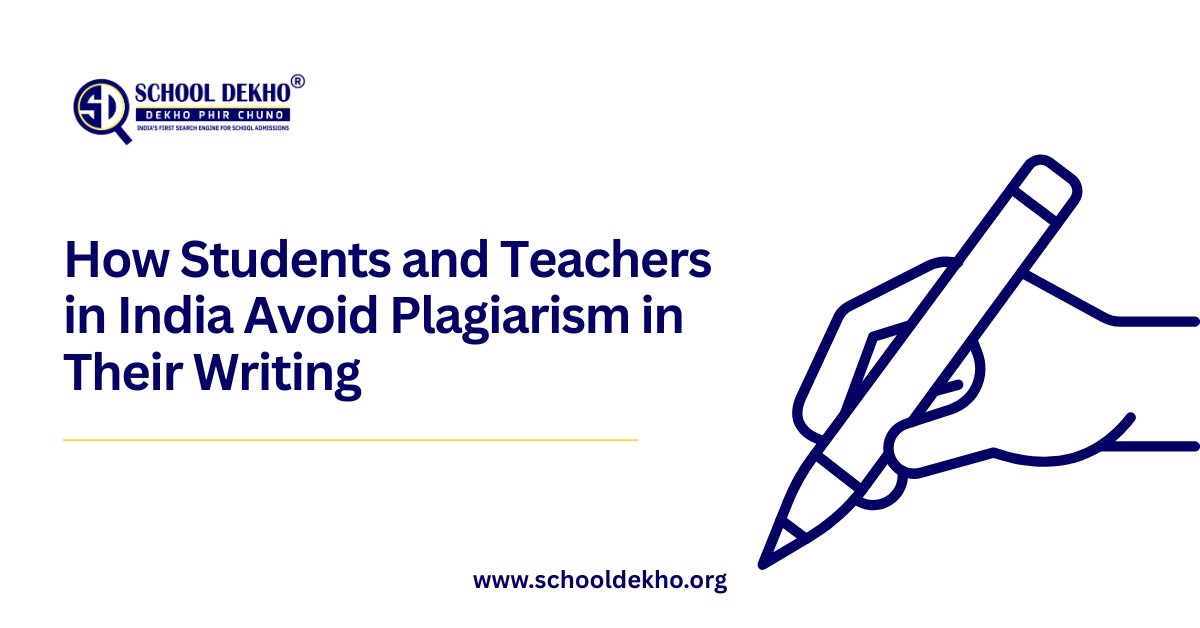Across thousands of years, a single thread has carried the weight of trust, love, and protection. Raksha Bandhan—literally “the bond of protection”—isn’t just a ritual between siblings. Its roots run deep into Vedic lore, royal intrigues, and modern history, all tied together by one promise: “I’ve got your back.”
Raksha Bandhan Through the Ages
a) One of the earliest references to Raksha Bandhan comes from the Bhavishya Purana. In this tale, the gods and demons battled for twelve long years. The asuras overwhelmed the devas and even captured the three worlds. In desperation, Indra, king of the gods, sought guidance from his teacher Brihaspati.
On the auspicious full-moon day of Shravan Purnima, Brihaspati performed the Raksha Vidhan (ritual of protection) and gave Indra a sacred raksha potli empowered by mantras. Indra’s wife Shachi (Indrani) tied this amulet on his right wrist, and, with its power, he returned to battle and reclaimed his kingdom.
b) Another story in the Bhagavata Purana links Raksha Bandhan with the Vamana avatar of Vishnu. After the benevolent demon-king Bali won a boon to keep Lord Vishnu as his gatekeeper, the goddess Lakshmi longed for her husband to return.
Disguised as a woman seeking refuge, she tied a Rakhi on Bali’s wrist on Shravan Purnima and revealed her identity. Bali accepted her as a sister and asked her to choose a boon; she asked that Vishnu return home. Bali agreed, and, to honour both bonds, Vishnu promised to guard Bali’s kingdom for part of the year.
That’s why, when priests perform this ritual today, they still chant the ancient verse:
Yena baddho balirāja dānavendro mahābalaḥ,
tena tvām api badhnāmi rakṣhe mā chala mā chala.
(“I tie on you the Raksha that was tied on Bali, the mighty king of demons; O sacred thread, never fail to protect.”)
This mantra is a reminder that protection comes from faith as much as from strength.
c) The Mahabharata offers one of the most moving tales of Raksha Bandhan. During Makar Sankranti, Lord Krishna cut his finger while handling sugarcane. His wives sent for bandages, but Draupadi, who was nearby, immediately tore a strip from her sari and wrapped it around his bleeding finger. Touched by this spontaneous act of care, Krishna vowed to protect her in her hour of need. He uttered the blessing “Akshyam”—meaning “unending”—and promised that her compassion would be repaid.
Years later, when Dushasana tried to publicly disrobe Draupadi in the Kaurava court, she prayed to Krishna. Honouring his promise, Krishna miraculously made her sari endless, saving her honour. Their bond illustrates that a Rakhi is not about bloodlines, but about unconditional support and friendship.
d) History records the Rakhi as a diplomatic plea. In 1535, Bahadur Shah of Gujarat laid siege to Chittor. Rani Karnavati, widow of Rana Sanga and regent of Mewar, faced overwhelming odds. Out of options, she sent a Rakhi to Mughal emperor Humayun, symbolically making him her brother and begging for his protection.
Humayun abandoned his own campaigns and marched towards Mewar, though he arrived too late to prevent the queen’s self-immolation. Nonetheless, he defeated Bahadur Shah and restored the kingdom to Karnavati’s son Vikramjit. This episode shows how the Rakhi became a call for honour that could bridge rival courts.
e) Raksha Bandhan took on a new life during the Partition of Bengal in 1905. British Viceroy Lord Curzon sought to divide the province along religious lines. Rabindranath Tagore, Nobel Prize-winning poet and nationalist, refused to let his homeland be torn apart. He urged Hindus and Muslims to tie Rakhis to each other as a symbol of solidarity and protection. On that day, the streets of Calcutta, Dhaka, and other towns filled with processions of people tying threads across religious and caste lines.
Tagore wrote songs and poems that celebrated Bengal as a shared mother, and his Raksha Bandhan movement became a non-violent protest against colonial “divide-and-rule.” Six years later, the British rescinded the partition, showing the power of cultural unity.
What ties these tales together is a simple thread and a profound vow. Whether it was Indrani fortifying Indra with Vedic mantras, Lakshmi securing her husband’s return, Draupadi receiving Krishna’s eternal protection, Queen Karnavati calling on a rival emperor, or Tagore uniting communities, each act transformed a thread into a promise that bound hearts and transcended divisions.
Raksha means protection. Bandhan means bond.
In its truest form, it is not limited to brothers and sisters, it is a pledge between friends, neighbours, communities, and even strangers, because the Rakhi is not about the thread; it is about the promise it carries: “I am with you, always.”
Today, in a world often frayed by distance, distraction, and discord, this promises matters more than ever. Tie a Rakhi to someone who has stood by you, regardless of gender or relation. Check on friends who fall silent. Stand up for someone when it’s easier to look away. Let this festival be a reminder that our real strength lies not in rituals, but in the resolve to protect, respect, and uplift each other.
After all, the thread may be fragile, but the bond it creates can endure through wars, legends, and centuries.




